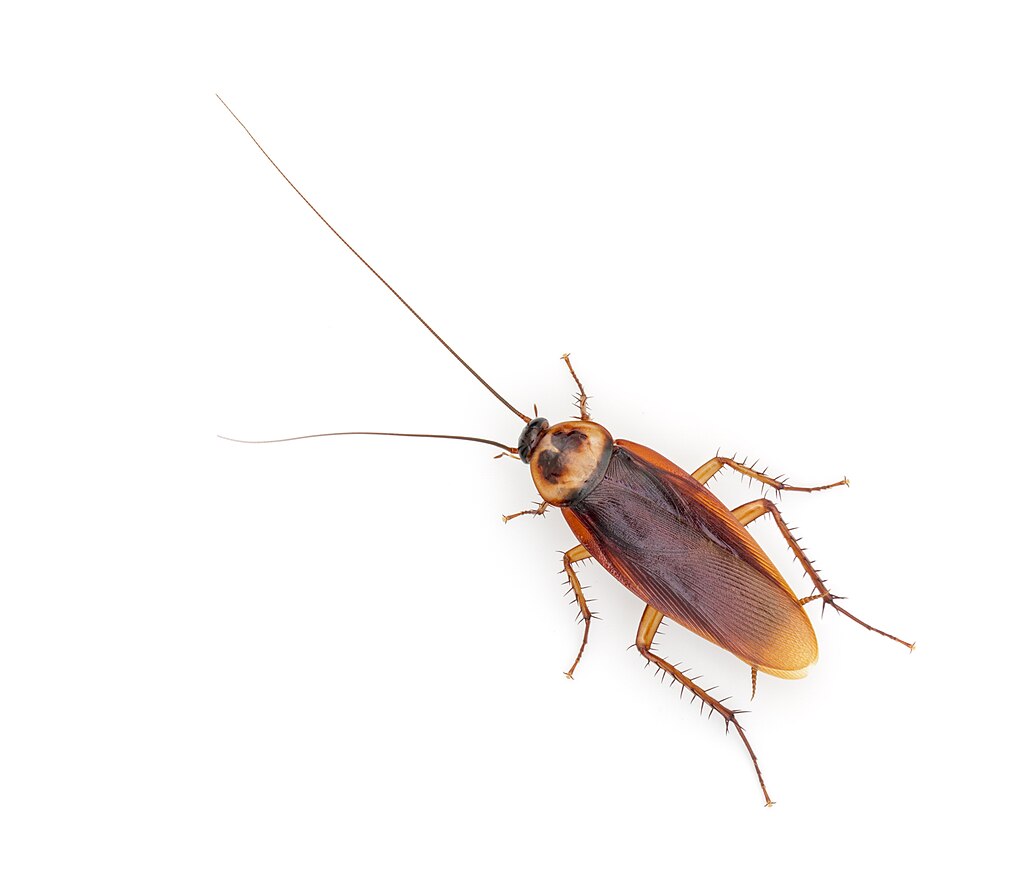When you think of nursing mothers, images of mammals feeding their babies probably come to mind. But what if I told you that some cockroaches are doing something remarkably similar? Deep in the insect world, there’s a species that’s rewriting everything we thought we knew about parental care among bugs. The Pacific beetle cockroach has been quietly revolutionizing motherhood in ways that would make even the most dedicated mammalian parent take notes.
The Shocking Discovery That Changed Everything
Scientists were absolutely stunned when they first observed Diploptera punctata females producing a protein-rich substance to feed their developing young. This wasn’t just any ordinary insect behavior – it was something that challenged decades of entomological understanding. The discovery happened almost by accident when researchers were studying the reproductive habits of these unique cockroaches. What they found was so extraordinary that it took years of additional research to convince the scientific community that insects could exhibit such complex nurturing behaviors.
Meet the Pacific Beetle Cockroach
Diploptera punctata isn’t your typical kitchen-dwelling cockroach that sends people running for the nearest shoe. These fascinating insects are native to the Pacific region and have evolved some truly remarkable characteristics that set them apart from their more notorious cousins. Unlike most cockroaches that simply lay eggs and walk away, Pacific beetle cockroaches are viviparous – meaning they give birth to live young. This fundamental difference in reproduction opened the door for the evolution of their incredible nursing behavior. The females of this species can live for several years, which is unusually long for cockroaches. This extended lifespan allows them to invest significant energy and resources into caring for their offspring in ways that shorter-lived species simply cannot.
The Science Behind Cockroach “Milk”
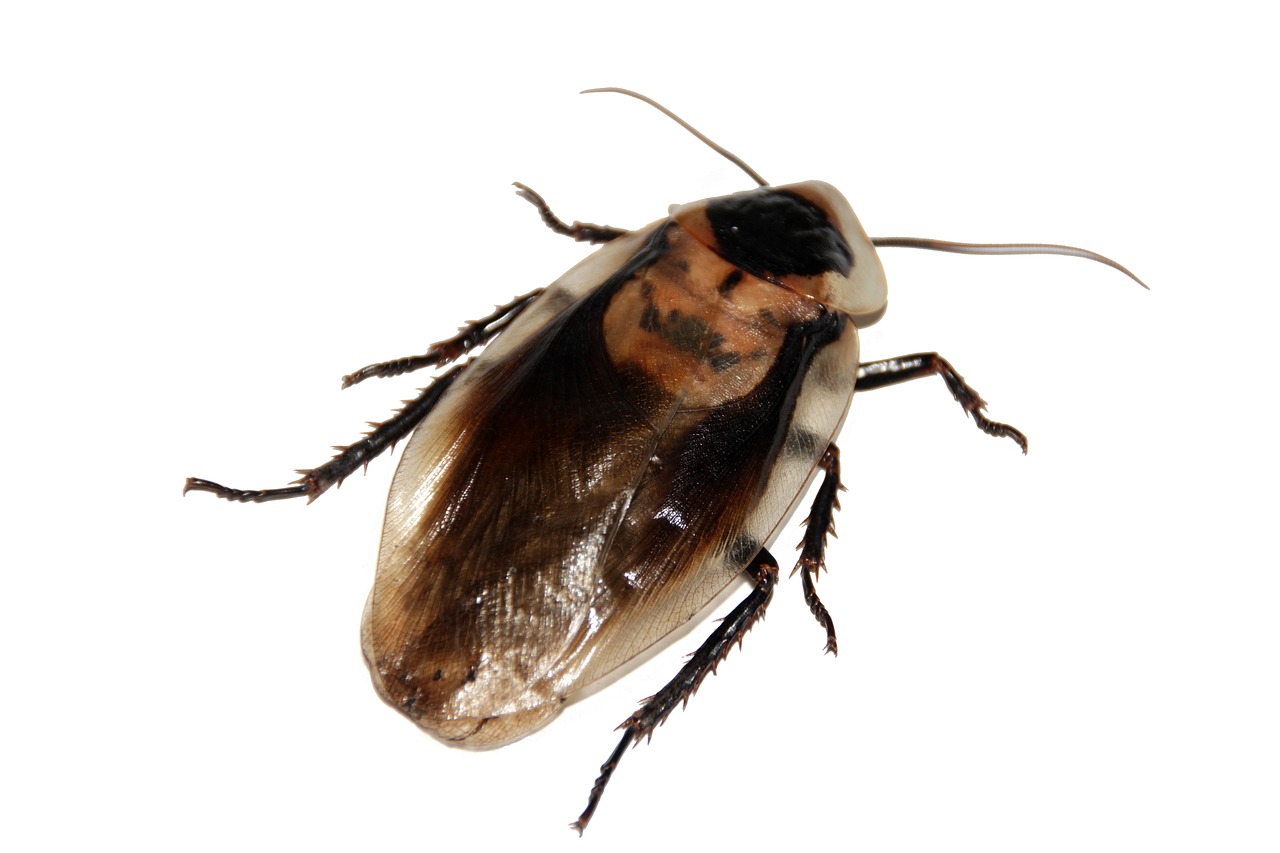
The substance produced by these remarkable mothers isn’t technically milk in the mammalian sense, but it serves an incredibly similar function. This protein-rich secretion contains all the essential nutrients that developing cockroach babies need to grow and thrive. Researchers have identified this “milk” as containing proteins, fats, and carbohydrates in proportions that rival or even exceed the nutritional density of cow’s milk. The protein content is particularly impressive, with some studies suggesting it’s more concentrated than what mammals produce. The biochemical composition of this insect milk is so complex that scientists are still uncovering new aspects of its nutritional profile. Each batch seems perfectly tailored to meet the specific developmental needs of the offspring at different stages of growth.
How Cockroach Nursing Actually Works
The nursing process in Pacific beetle cockroaches is both fascinating and surprisingly intimate. The mother produces the nutritious secretion through specialized glands, and her young feed directly from her body in a behavior that mirrors mammalian nursing. Baby cockroaches, called nymphs, actively seek out their mother’s milk-producing glands and feed multiple times throughout their development. This feeding behavior requires coordination between mother and offspring that suggests a level of communication we’re only beginning to understand. The nursing period can last for several weeks, during which the mother’s body chemistry continuously adjusts to provide optimal nutrition for her growing babies. It’s a remarkable example of maternal investment that goes far beyond simple egg-laying.
The Evolutionary Mystery
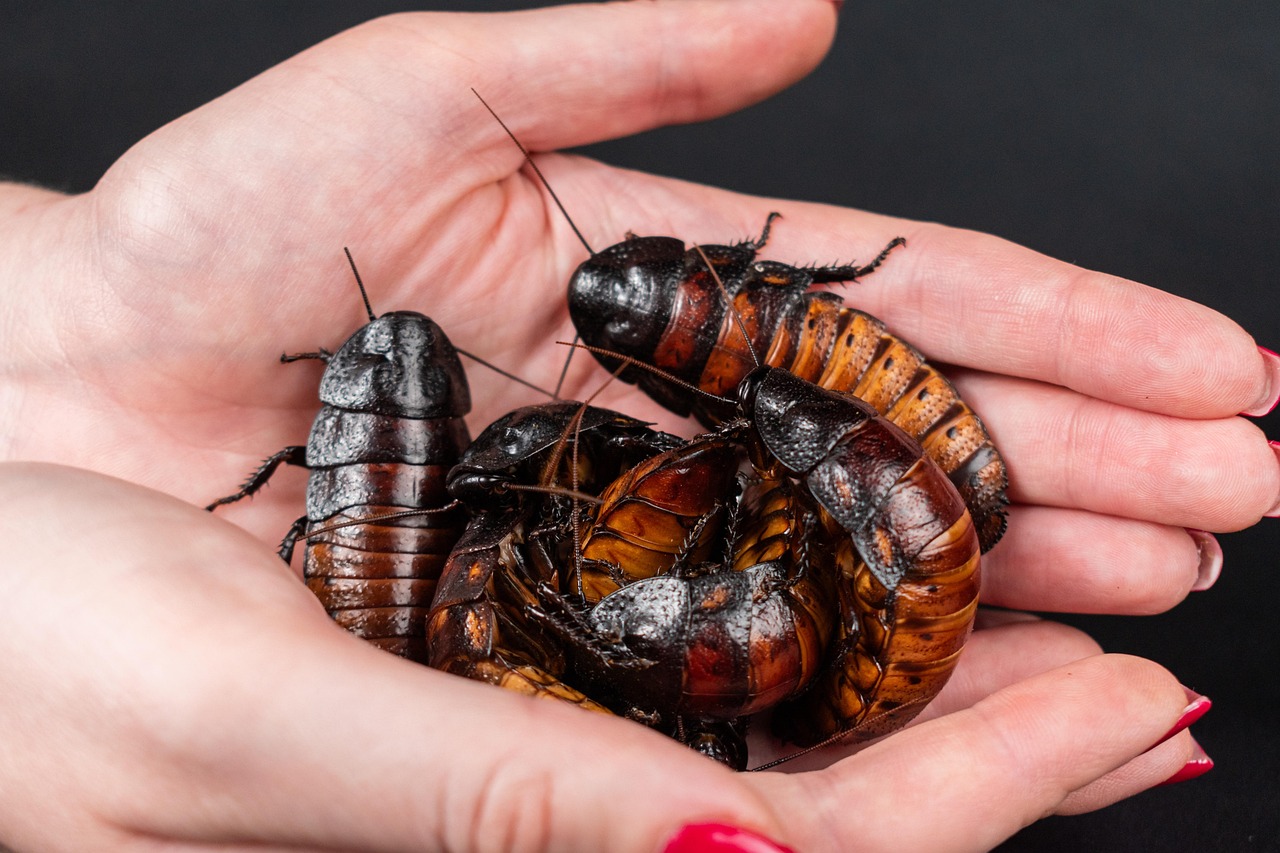
How did cockroaches evolve such complex nurturing behavior when most insects follow a “lay and leave” reproductive strategy? The answer lies in the unique evolutionary pressures that shaped the Pacific beetle cockroach’s development over millions of years. Living in environments where resources were scarce or unpredictable likely favored mothers who could provide their offspring with a reliable food source. This evolutionary advantage helped ensure that more babies survived to adulthood, passing on the genes for milk production to future generations. The evolution of viviparity (live birth) was probably the crucial first step that made nursing possible. Once cockroaches started keeping their young inside their bodies longer, the stage was set for more complex mother-offspring interactions to develop.
Comparing Insect and Mammalian Nursing
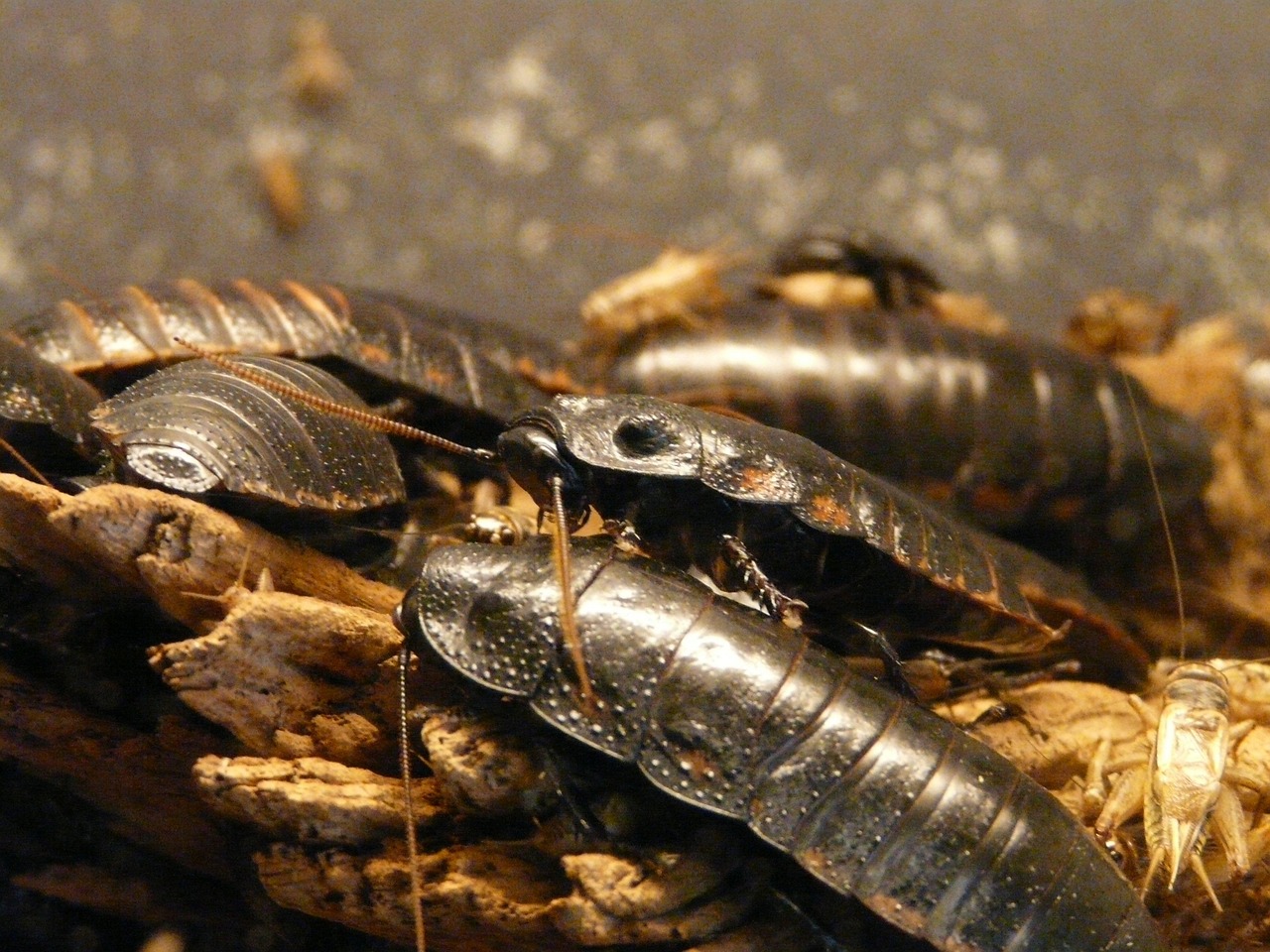
While the basic concept is similar, there are some striking differences between how cockroaches and mammals approach nursing. Mammalian milk production is triggered by hormonal changes after birth, while cockroach milk production appears to be more directly controlled by the presence and feeding behavior of the offspring. The duration of nursing also differs significantly. Most mammals nurse for weeks or months, while cockroach nursing periods are typically shorter but more intensive. The nutritional density of cockroach milk compensates for this shorter feeding window. Interestingly, both systems have evolved sophisticated mechanisms to ensure that the milk composition changes as the young develop. This suggests that the ability to provide tailored nutrition may be a fundamental requirement for successful nursing, regardless of the species.
The Role of Hormones in Cockroach Motherhood
Just like mammalian mothers, cockroach mothers experience significant hormonal changes that trigger and maintain their milk production. These hormonal shifts are so dramatic that they essentially transform the female’s physiology to support her nursing offspring. Research has identified several key hormones involved in this process, including some that are remarkably similar to those found in mammals. This convergent evolution suggests that certain biochemical pathways for nurturing behavior may be more universal than previously thought. The hormonal control system also appears to regulate when nursing stops, preventing mothers from continuing to produce milk indefinitely. This biological timer ensures that resources are used efficiently and that mothers can eventually return to normal metabolic function.
Social Behavior and Family Dynamics
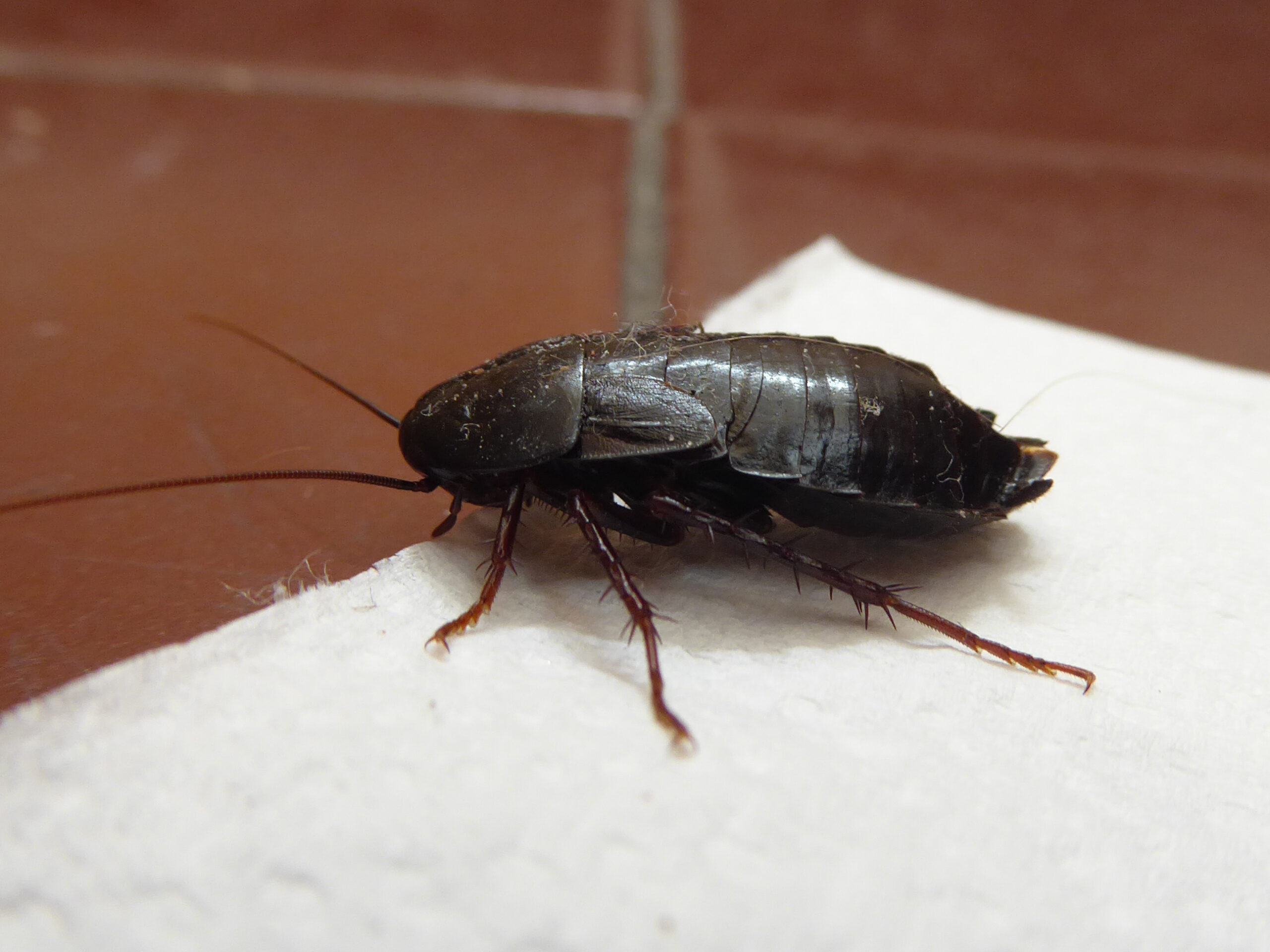
Pacific beetle cockroaches exhibit surprisingly complex social behaviors during the nursing period. Mothers actively protect their young and will aggressively defend them against threats, behavior that’s relatively rare among insects. The young cockroaches also display sophisticated social behaviors, including the ability to recognize their mother and compete with siblings for access to milk. Some researchers have observed what appears to be a pecking order among nursing offspring, with larger or more aggressive nymphs getting priority access to feeding. These family dynamics create a social structure that’s much more complex than what we see in most insect species. The extended period of mother-offspring interaction allows for learning and behavioral development that would be impossible in species with less parental care.
Environmental Factors That Influence Nursing
The quality and quantity of cockroach milk production can be significantly affected by environmental conditions. Factors like temperature, humidity, and food availability all play crucial roles in determining how well mothers can nourish their young. During periods of environmental stress, mothers may reduce milk production or even stop nursing entirely to conserve energy for their own survival. This harsh but necessary adaptation ensures that the mother lives to potentially reproduce again under better conditions. Climate change and habitat destruction could potentially impact these delicate nursing relationships. As environments become more unpredictable, the ability to provide consistent nutrition to offspring may become increasingly challenging for cockroach mothers.
The Nutritional Powerhouse
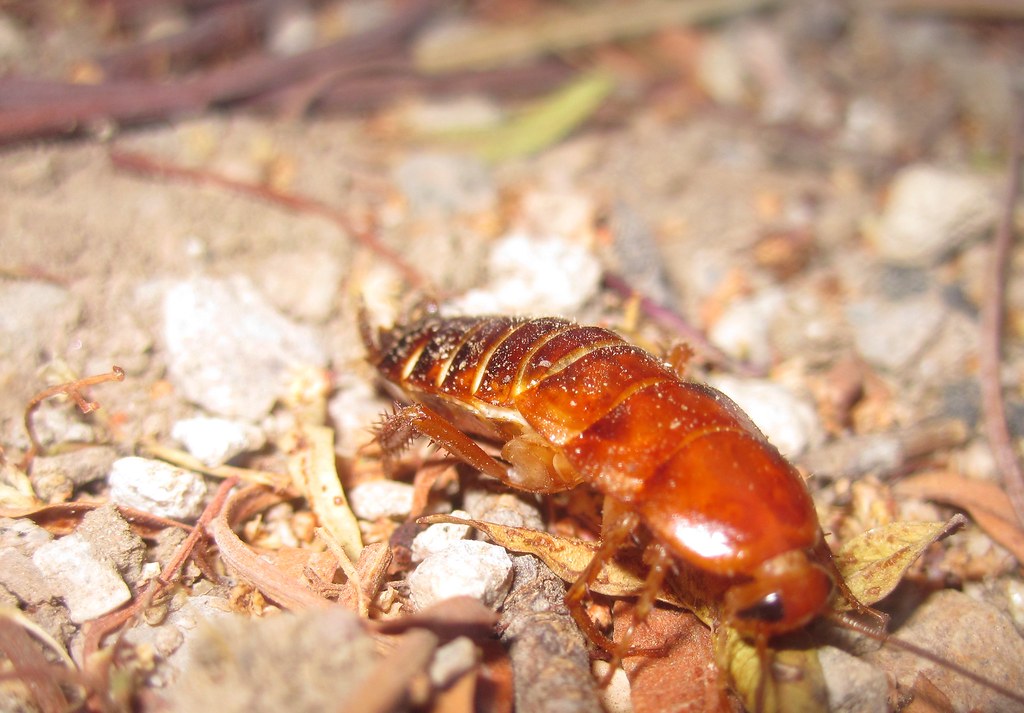
The nutritional profile of cockroach milk is so impressive that it’s caught the attention of researchers looking for sustainable protein sources. Some studies suggest that this insect milk is more nutritionally complete than many traditional protein sources. The protein quality is particularly noteworthy, containing all essential amino acids in proportions that closely match what developing organisms need. This makes it an incredibly efficient way to deliver nutrition, requiring less volume than many other food sources. The fat content provides essential fatty acids that are crucial for brain and nervous system development. The carbohydrates supply immediate energy, while the overall composition supports healthy growth at a rate that’s optimal for the species’ life cycle.
Potential Applications in Human Nutrition
While it might sound bizarre, researchers are seriously investigating whether cockroach milk could have applications in human nutrition. The protein density and nutritional completeness make it an intriguing candidate for addressing food security challenges. However, significant obstacles remain before cockroach milk could become a mainstream food product. Cultural acceptance, production scalability, and safety concerns all need to be addressed before this unusual protein source could reach human tables. Some companies are already working on synthesizing the proteins found in cockroach milk using biotechnology, potentially bypassing the need to actually harvest milk from insects. This approach could provide the nutritional benefits without the psychological barriers that many people would face.
Conservation Implications
The discovery of nursing behavior in cockroaches has important implications for conservation efforts. Species that invest heavily in parental care may be more vulnerable to environmental disruptions than those with simpler reproductive strategies. Pacific beetle cockroaches require stable environments to successfully raise their young, making them potentially sensitive indicators of ecosystem health. Changes in their nursing behavior or reproductive success could signal broader environmental problems. Protecting the habitats where these remarkable insects live becomes even more important when we consider the unique evolutionary achievements they represent. The loss of such species would mean losing millions of years of evolutionary innovation in parental care.
Future Research Directions
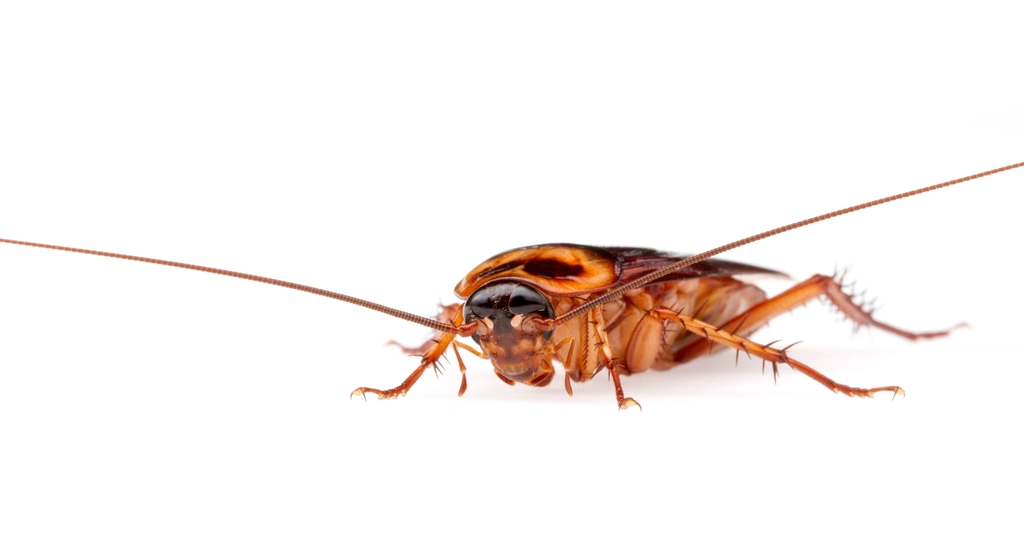
Scientists are just beginning to uncover the full complexity of cockroach nursing behavior. Future research may reveal even more sophisticated aspects of mother-offspring interactions, potentially changing our understanding of insect intelligence and social behavior. Genetic studies could help identify the specific genes responsible for milk production, potentially revealing evolutionary relationships between different nurturing strategies across species. This research might also uncover the evolutionary timeline for when nursing behavior first appeared in insects. Advanced imaging techniques may allow researchers to observe the nursing process in unprecedented detail, revealing subtle behaviors and interactions that have been missed in previous studies. These observations could provide insights into the communication systems that coordinate nursing behavior.
The Broader Impact on Entomology
The discovery of nursing cockroaches has forced entomologists to reconsider many assumptions about insect parental care. What other complex behaviors might be hiding in plain sight among species we thought we understood? This finding has sparked renewed interest in studying the reproductive behaviors of other insect species, particularly those that exhibit live birth or extended parental care. Several other potential nursing species have already been identified for further investigation. The implications extend beyond just parental care to questions about insect cognition, social complexity, and evolutionary potential. These cockroaches are proving that the insect world is far more sophisticated than we ever imagined.
Conclusion
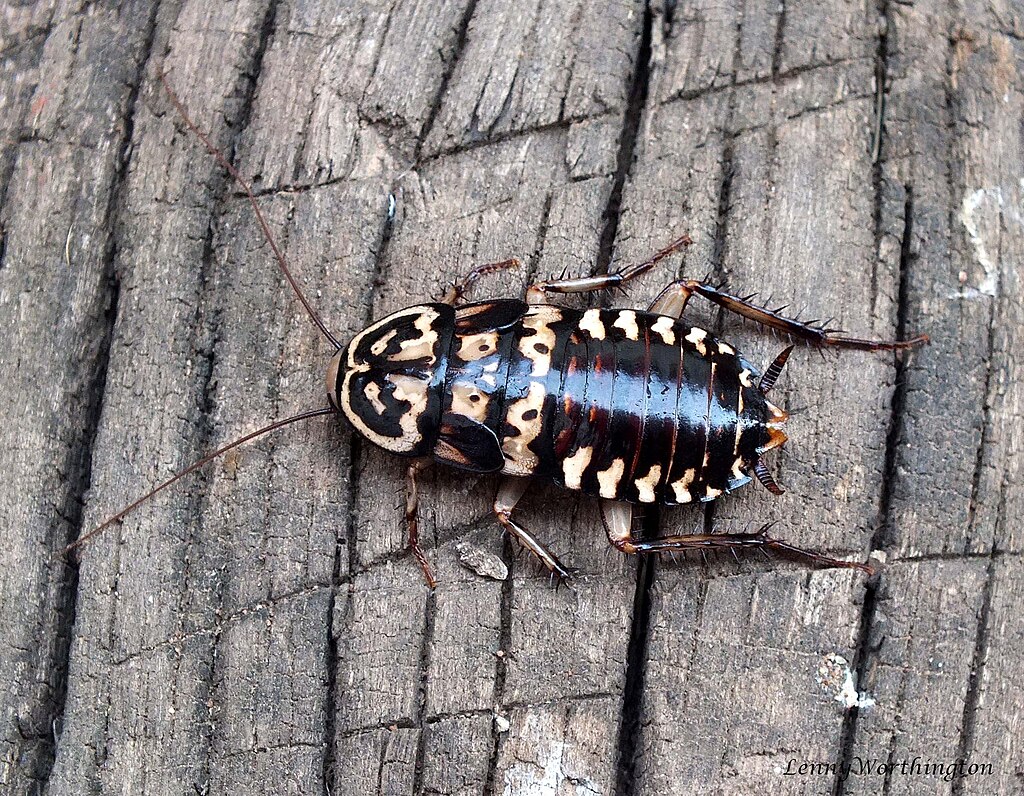
The Pacific beetle cockroach’s remarkable nursing behavior represents one of nature’s most surprising evolutionary innovations. These insects have independently evolved a complex system of parental care that rivals what we see in mammals, complete with nutritious milk production and sophisticated mother-offspring interactions. Their discovery challenges our understanding of insect capabilities and opens new avenues for research into nutrition, evolution, and conservation. As we continue to study these extraordinary creatures, we’re reminded that the natural world still holds countless secrets waiting to be uncovered. What other amazing behaviors might be hiding in the creatures we least expect?

